Spotlights were a common feature on cars from the early to mid-20th century, often seen in classic films and photographs. These auxiliary lights served practical and aesthetic purposes, reflecting the technological and societal needs of their time. Understanding why these spotlights were such a staple can provide insight into automotive history and design.
The Functional Role of Spotlights
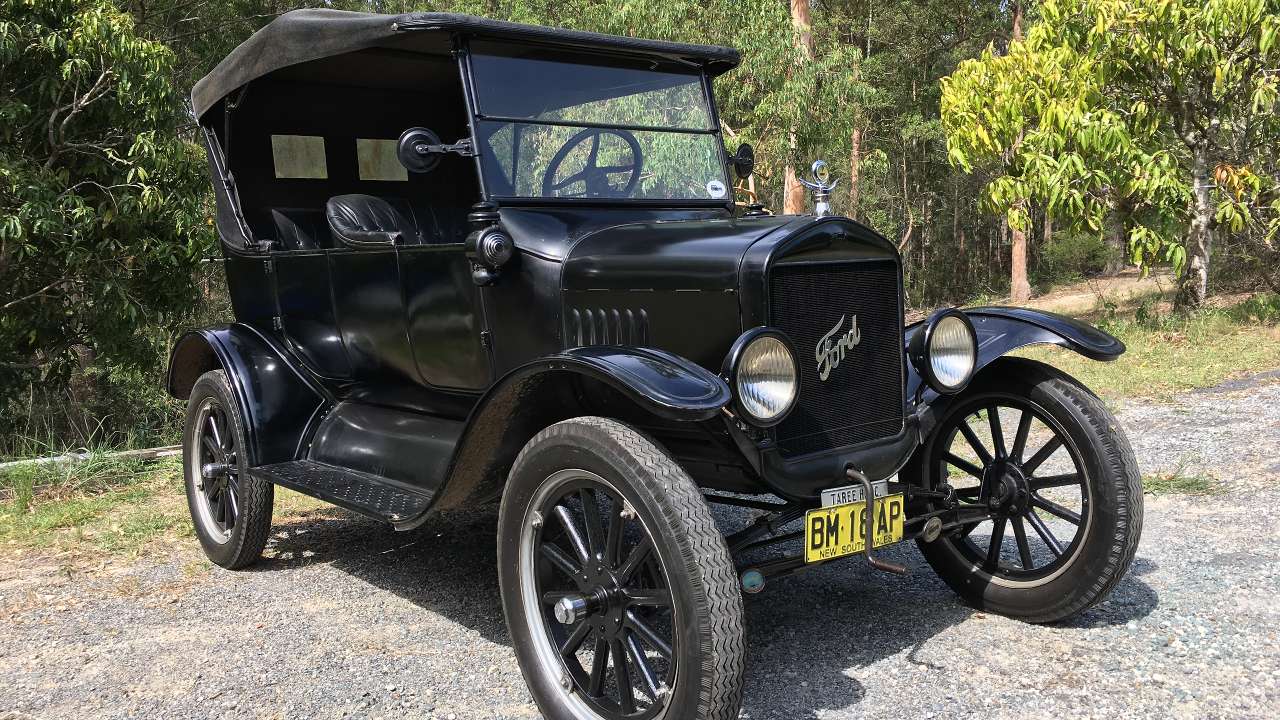
Spotlights enhanced visibility, which was crucial for early automobile travel. In the early 1900s, many roads were poorly lit, especially in rural areas. Spotlights provided drivers with a focused beam of light, allowing them to navigate through dark or foggy conditions more safely. This was particularly beneficial on unlit country roads or during long night drives. The additional light source offered a significant safety advantage, reducing the risk of accidents.
Beyond civilian use, spotlights were integral to search and rescue operations conducted by emergency services and police. These lights allowed responders to illuminate specific areas, aiding in the search for missing persons or during rescue missions in challenging conditions. Moreover, spotlights were invaluable in agricultural and industrial settings. Farmers and industrial workers often relied on them for night work, ensuring that tasks could be completed efficiently despite the lack of natural light.
Technological Limitations of the Era

The effectiveness of early headlight technology was limited, which made spotlights a necessary addition to many vehicles. Headlights in the early 20th century were often dim and unreliable, primarily due to the rudimentary technology available at the time. This necessitated the use of auxiliary lighting solutions like spotlights to provide adequate visibility. Many early cars were equipped with gas or acetylene lamps before electric headlights became standard, and even then, the early electric lights could not match the intensity of today’s standards.
Another factor was the evolution of car electrical systems. Early vehicles had limited power capabilities, which restricted the types of lighting that could be utilized. Spotlights, often manually operated, were a practical solution that worked within these constraints. As car technology advanced, so did the electrical systems, allowing for more sophisticated and powerful lighting solutions. However, during the early stages, spotlights offered a crucial stopgap that fit well within the power limitations of the era’s vehicles.
Cultural and Aesthetic Appeal

Spotlights were also a symbol of luxury and status. During the mid-20th century, having a car with additional features like spotlights often indicated wealth and sophistication. This perception was further reinforced by the influence of Hollywood and media. Classic films and advertisements frequently depicted glamorous cars outfitted with spotlights, contributing to their allure. Such representations not only made spotlights desirable but also helped cement their status as a luxury item.
The customization and personalization of vehicles also played a role in the popularity of spotlights. Car enthusiasts often added spotlights to their vehicles as a way to stand out and express personal style. This trend was part of a broader car culture movement that celebrated individuality and innovation in automotive design. Owners took pride in their vehicles, and spotlights provided an accessible way to enhance both function and form.
Military and Law Enforcement Applications

During World War II, spotlights found extensive use in military vehicles. They were crucial for night operations, allowing troops to navigate safely and execute missions under the cover of darkness. After the war, many military technologies and innovations were adapted for civilian use, and spotlights were no exception. The post-war period saw an increase in cars equipped with these lights, as their practical benefits had been thoroughly demonstrated in wartime scenarios.
Law enforcement agencies also recognized the utility of spotlights. Police forces used them extensively during pursuits and patrols. The ability to illuminate a vehicle or suspect from a distance enhanced operational effectiveness, providing officers with a tactical advantage. This application of spotlights continues to be relevant, as many modern police vehicles are still equipped with similar auxiliary lighting.
The Decline of Spotlights in Modern Vehicles

The decline of spotlights in modern vehicles can be attributed primarily to advancements in headlight technology. Today’s cars are equipped with powerful LED and adaptive headlights that provide superior visibility compared to their early 20th-century counterparts. These modern lighting systems can adjust to different driving conditions and offer a wider field of illumination, reducing the necessity for additional spotlights.
Additionally, changes in design and regulatory standards have influenced the decline of spotlights. Modern car designs prioritize aerodynamics and sleek aesthetics, which often leave little room for bulky attachments like spotlights. Moreover, safety regulations have become more stringent, with a focus on minimizing distractions and potential hazards for drivers. Consequently, the once-popular spotlights have largely faded from the automotive landscape, remaining primarily as a nostalgic feature of classic cars and collector’s items.
Like Fast Lane Only’s content? Be sure to follow us.
Here’s more from us:
*Created with AI assistance and editor review.


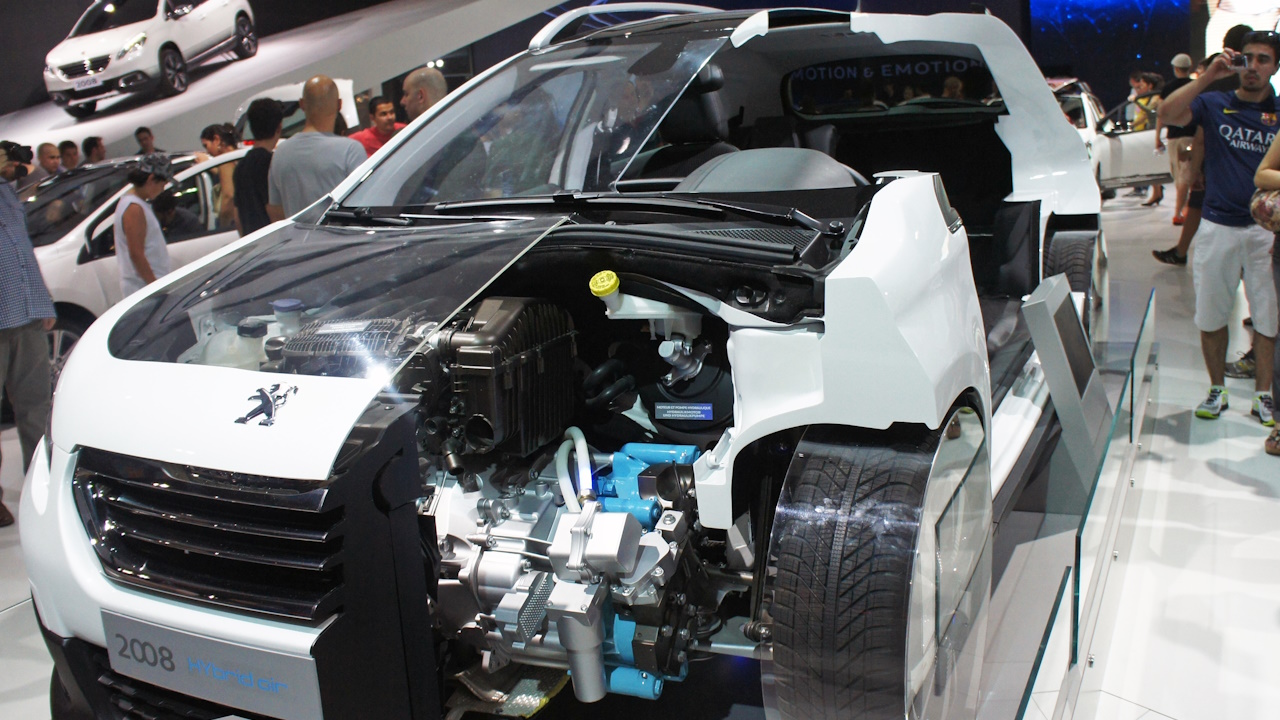
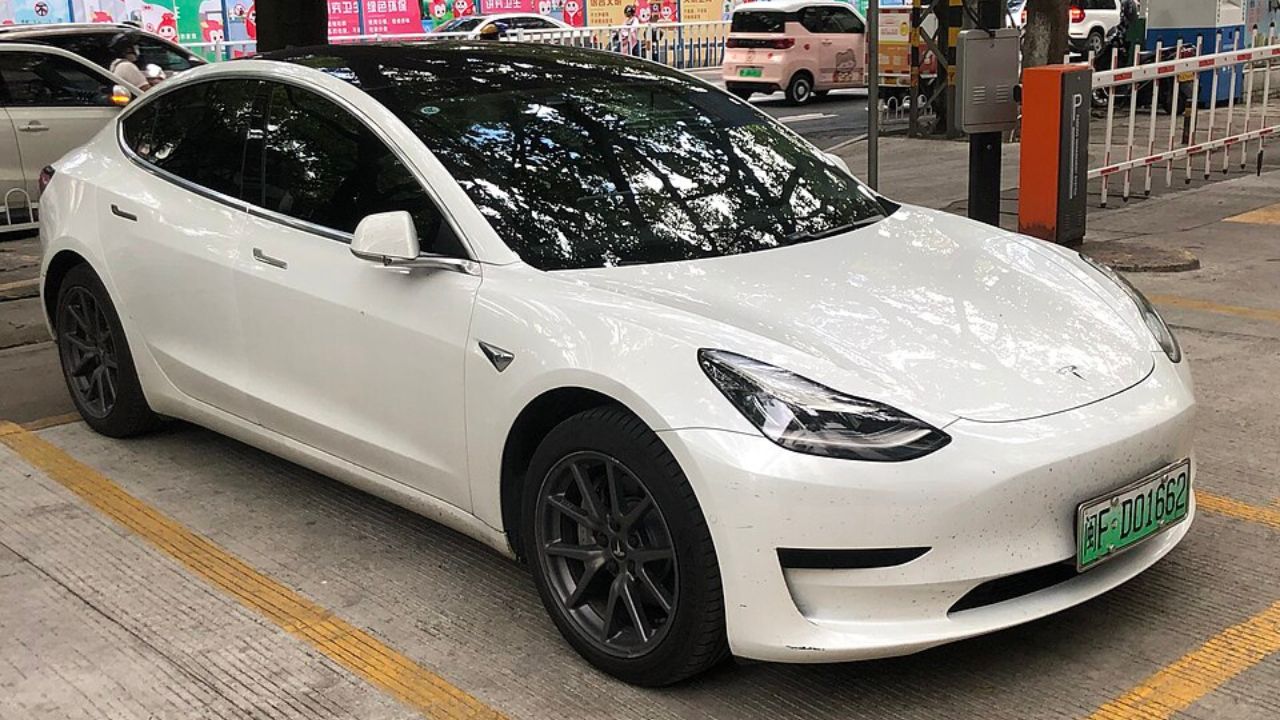
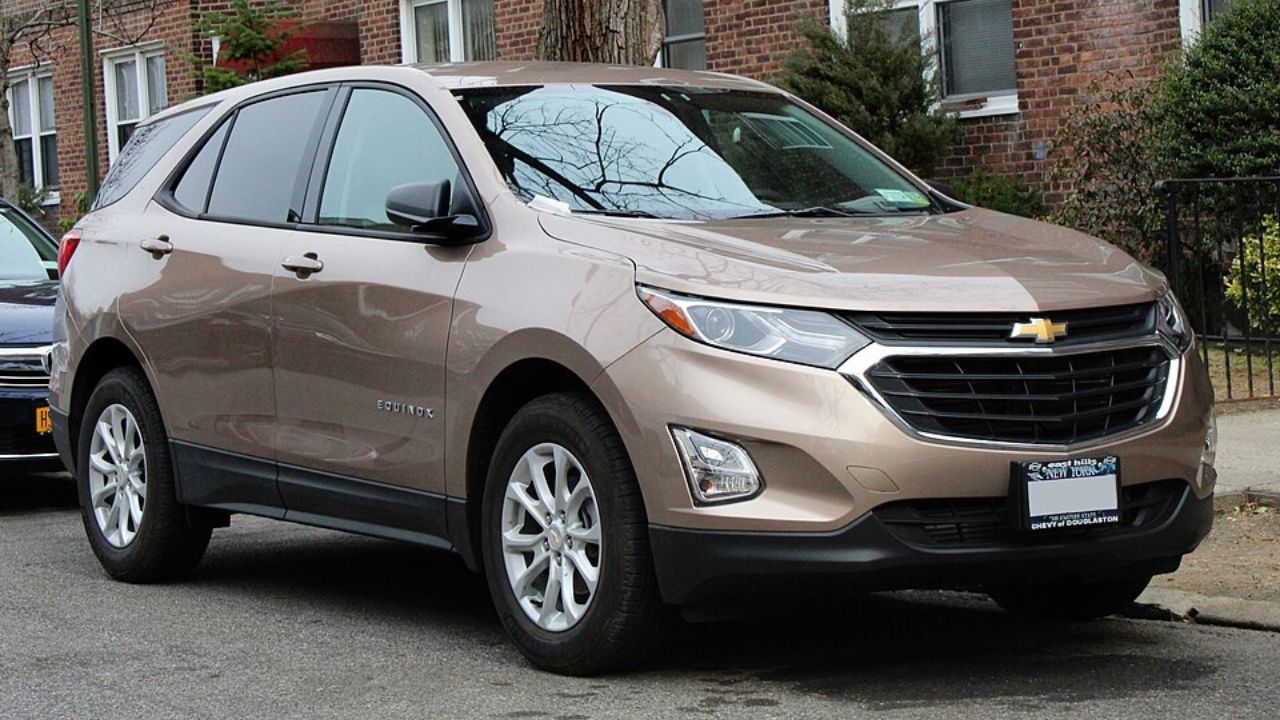

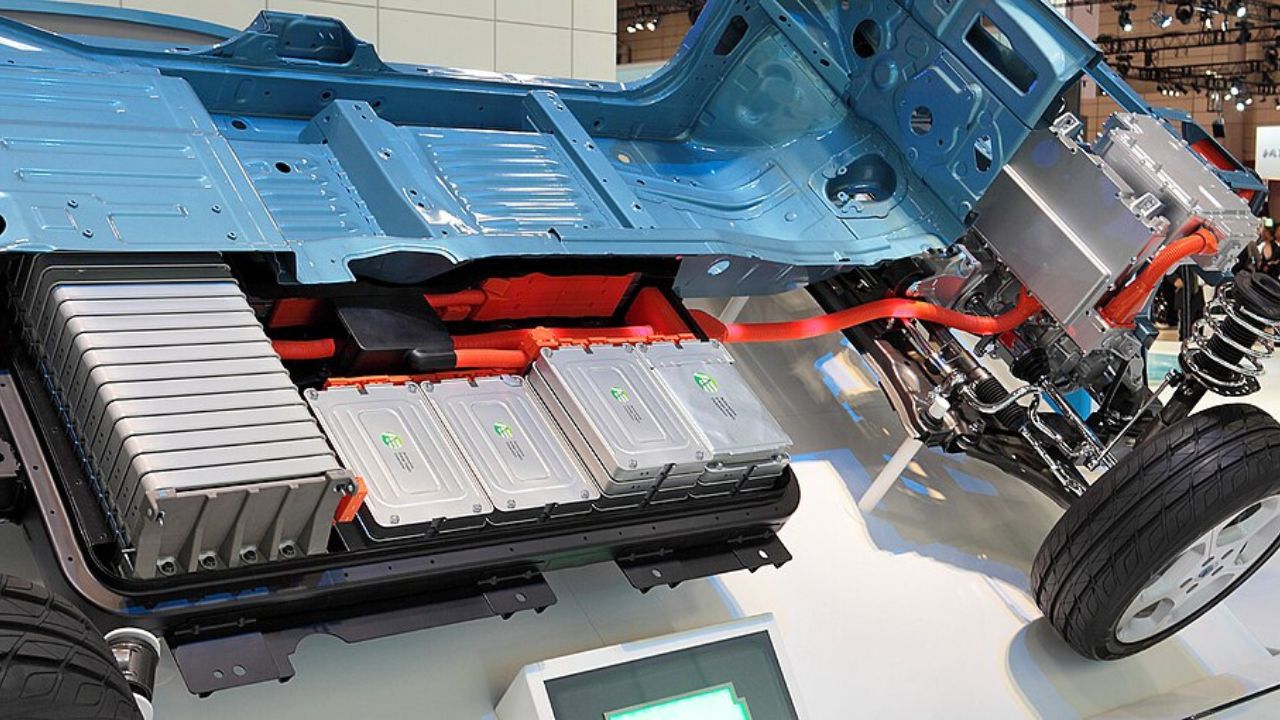
Leave a Reply